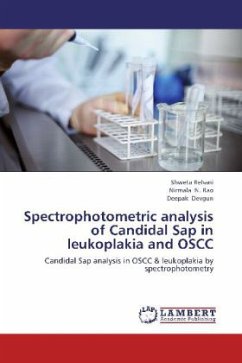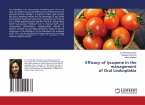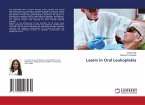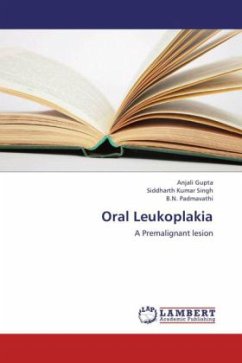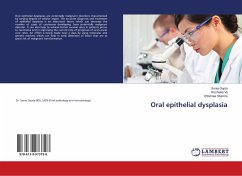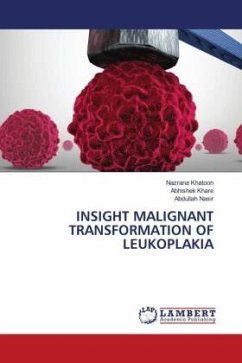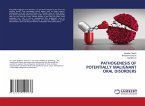Candida species are a normal commensal which can become opportunistic under certian situations. In this study, in vitro C. albicans Sap has been evaluated and compared in nonsmokers, smokers, and patients with leukoplakia and oral squamous cell carcinoma (OSCC). Candida cell count (CCC) at 48 h was also assessed. The Sap level was measured by spectrophotometry in 38 clinical isolates of C. albicans obtained from the oral cavity of the four different groups. Sap levels and CCC were higher in individuals with leukoplakia and OSCC than in nonsmokers or smokers ; however, there was no significant difference in Sap levels or CCC between smokers and nonsmokers. Further, an intragroup correlation between CCC and Sap level was also observed. The higher level of Saps from C. albicans in individuals with leukoplakia and OSCC suggests that this pathogen plays a role in disease development and could aid in identifying the pathogenic commensal.
Bitte wählen Sie Ihr Anliegen aus.
Rechnungen
Retourenschein anfordern
Bestellstatus
Storno

